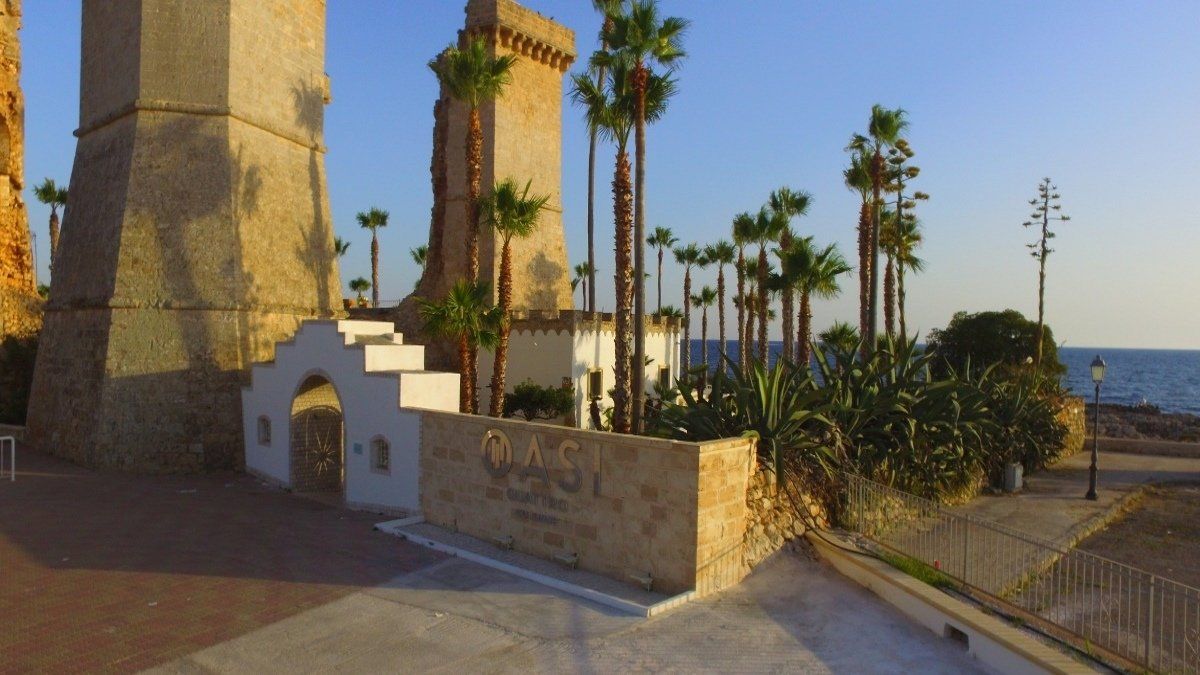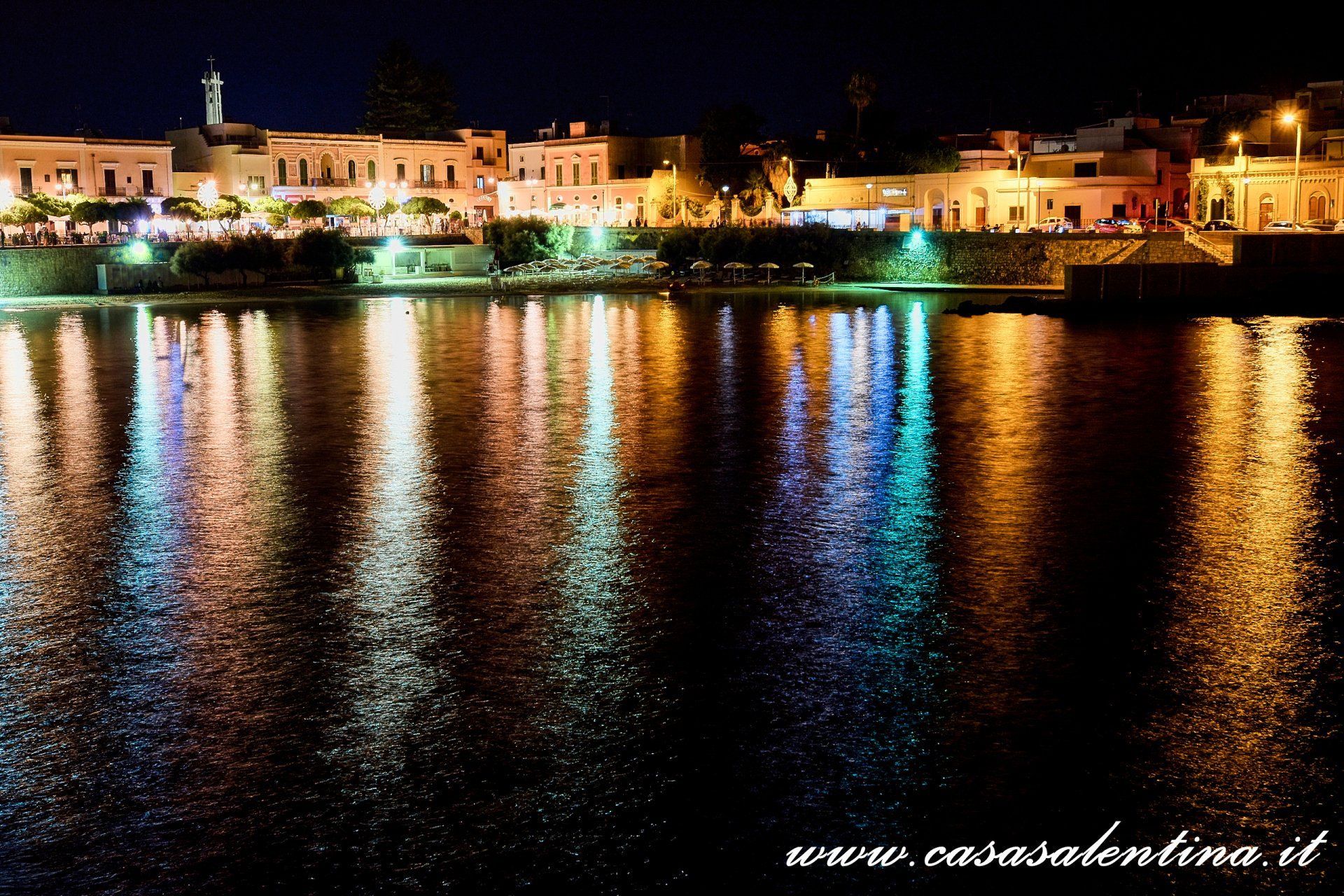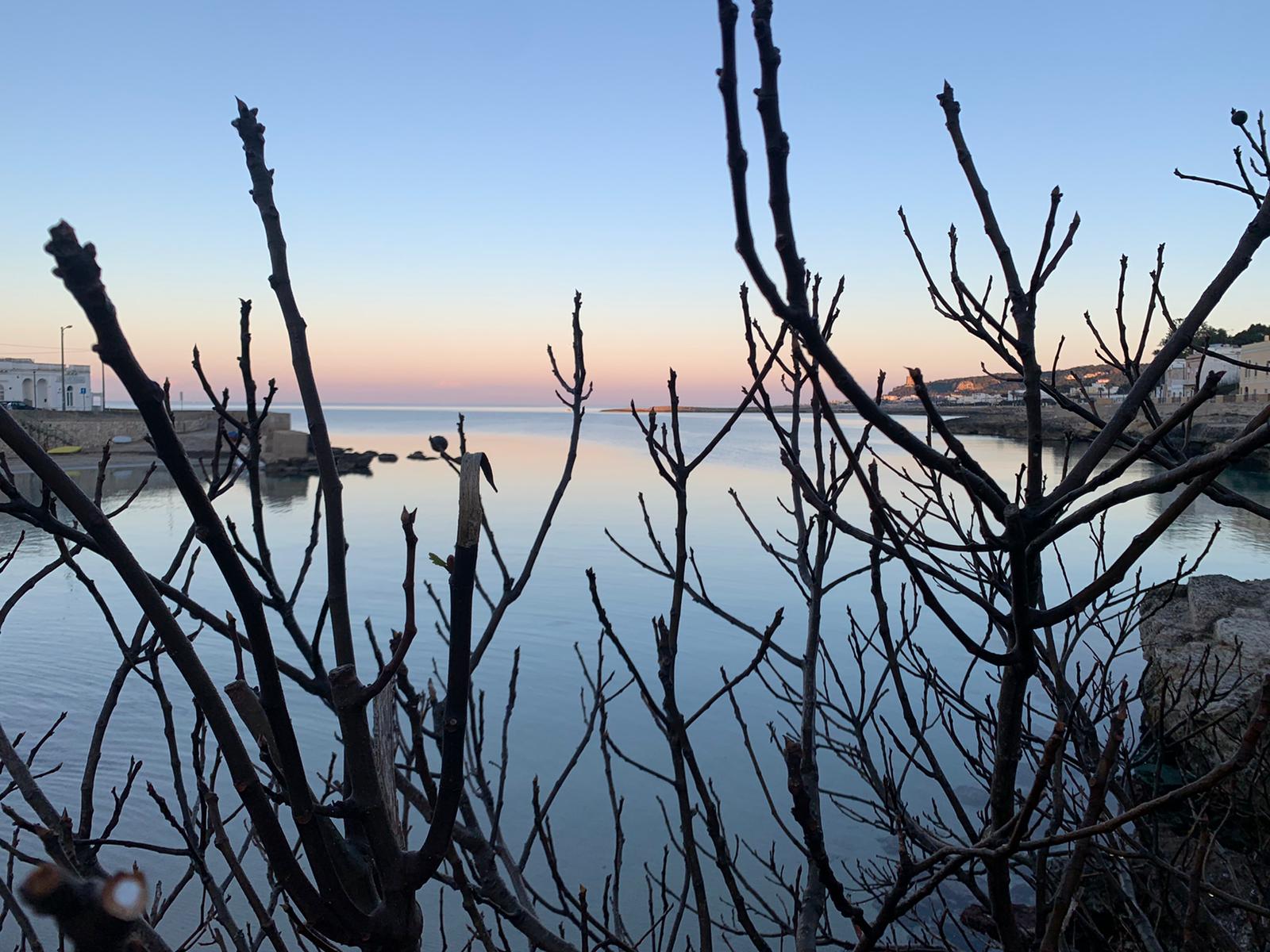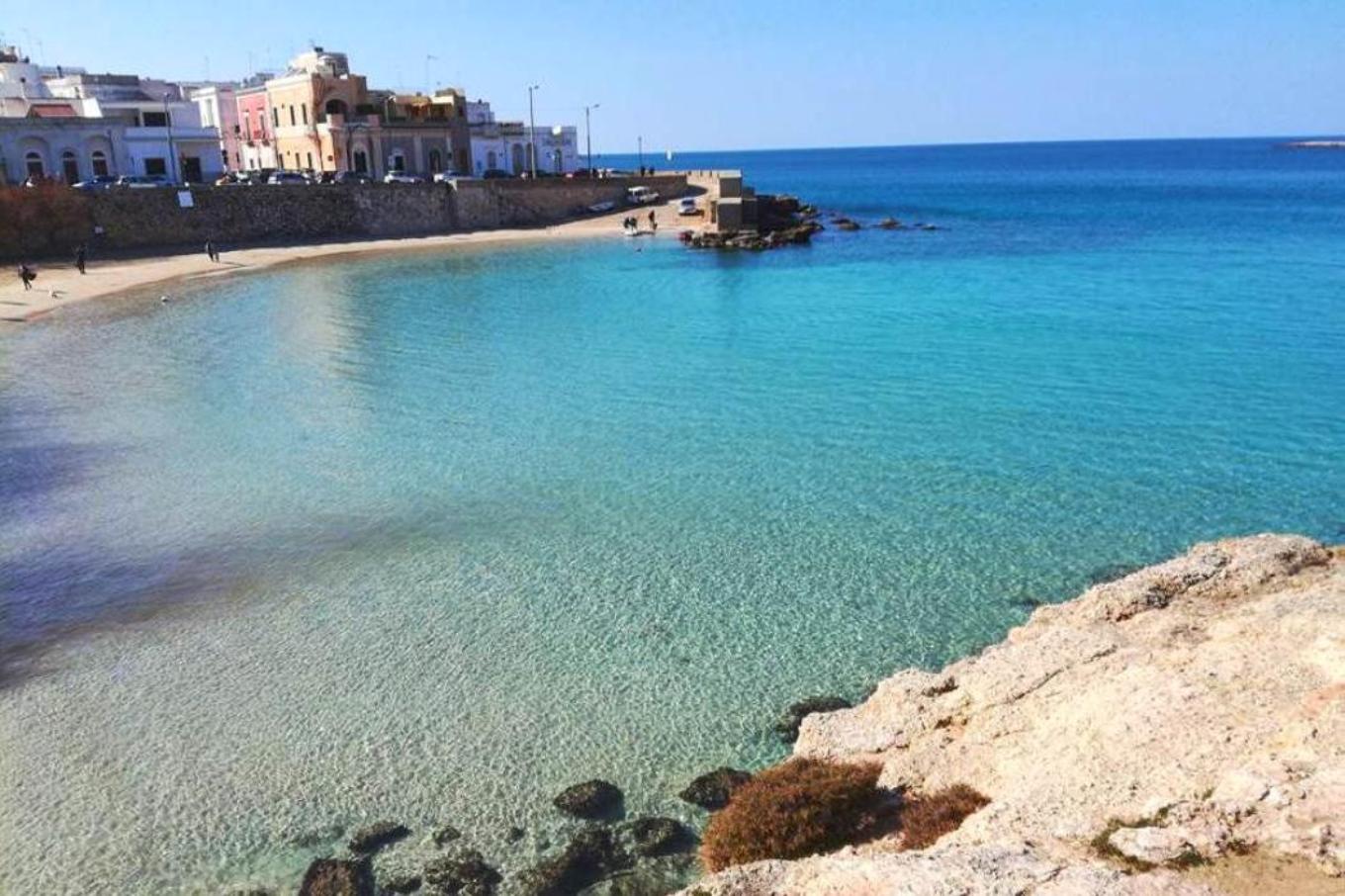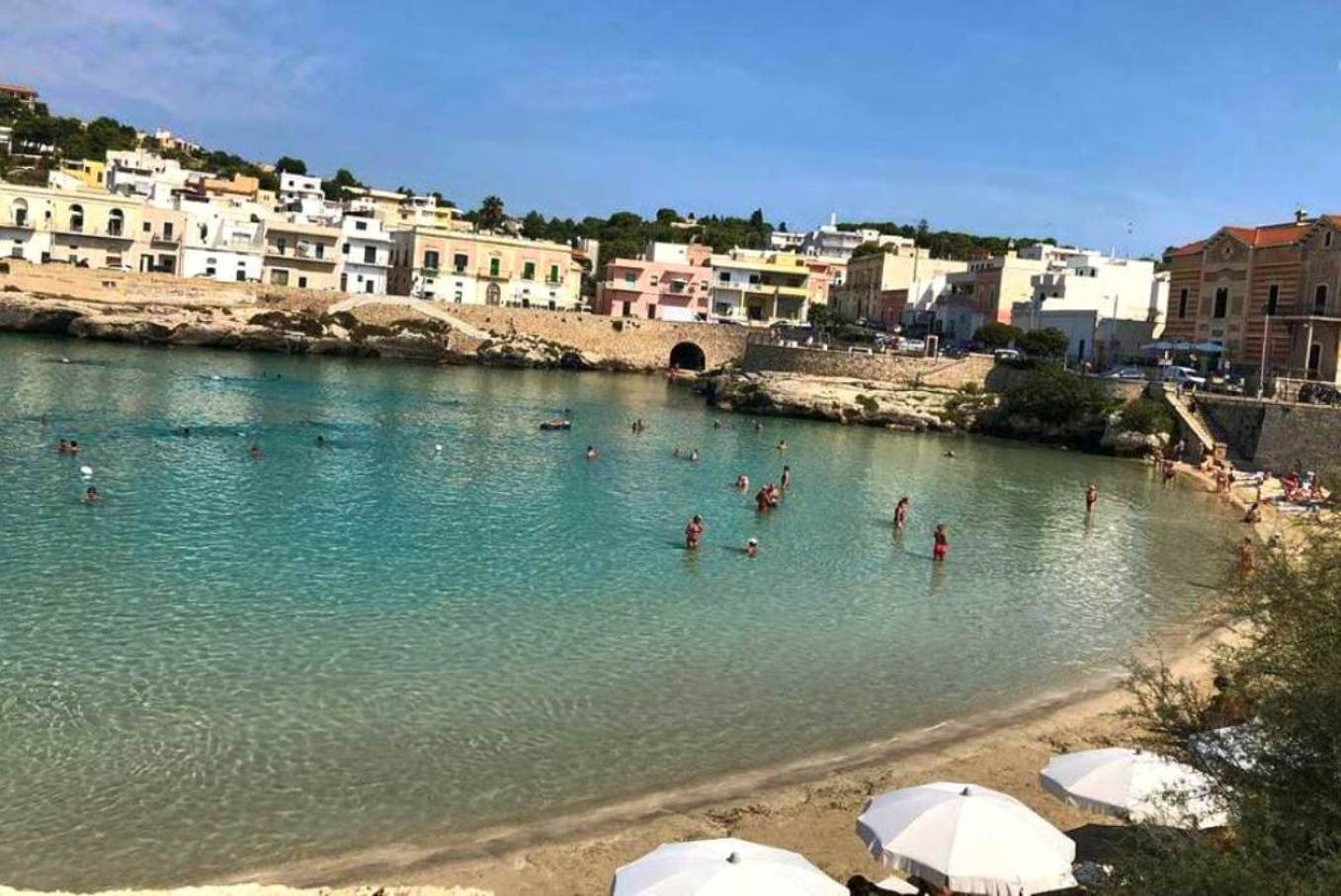Santa Maria al Bagno
Welcome to the page where you can discover the history of Santa Maria al Bagno and admire the photos of this splendid tourist resort.
In the first part there is the description of the history of Santa Maria al Bagno. While in the second part you will find photos of the beach, of the most beautiful places in Santa Maria, and the events organized in the town center.
Santa Maria al Bagno is the place where I grew up and therefore I care in particular. As children during the winter we often came here or to spend a whole day, or at least for a trip to the sea. While the summer was long for us, it lasted 5 to 6 months. We couldn't wait to move to Santa Maria, for us the place of liberation, we could do as we wanted, ride a bike, play ball, etc. etc.
Now I will describe the history of this enchanting place, and later I will show you the wonderful places that there are.
Santa Maria al Bagno is a fraction of the municipality of Nardò in the province of Lecce. It is about 7 km from Nardò and Galatone and has about 950 inhabitants. During the summer it is mainly populated by inhabitants from Galatone, Nardò and Galatina, especially in recent years, by numerous tourists from the rest of Italy and abroad.
Known in the past with the names of Sancta Maria De Balneo or Sancta Maria ad Balneum, the locality has been inhabited since ancient times as evidenced by the numerous archaeological finds from prehistoric times (arrowheads, lamellae, ceramic shards and more) found in the nearby "Grotta del Fico".
It probably developed initially as a small fishing village later also inhabited by the Messapians and Romans. The numerous rock-cut tombs found on the hills just outside the town can be traced back to the Messapian period. In 272 BC Santa Maria, like all of Salento, fell under the control of the Romans who built the “Emporium Nauna” port, the thermal buildings with the baths.
In the 12th century, the important residence of the Teutonic Knights was present in Santa Maria, consisting of an abbey and a large monastery. For this reason the town was also an important stopping place for pilgrims from the Crusades.
In the Middle Ages, after repeated attacks and looting by pirates and Saracens, it was gradually abandoned. The Saracens destroyed the buildings, the church, the spas and the pools. Even the Venetians after the fall of Gallipoli in 1484, raged on the city. The surviving inhabitants took refuge in the inland villages.
In the 16th century, Charles V, as part of the coastal defense program, had the tower of the Galatena River built, to defend the fresh water springs present in Santa Maria, but which the pirates of the time knew and used to supply themselves with fresh water.
After centuries of complete abandonment in the area, a few hundred meters from the sea, splendid noble residences began to arise, used above all as summer residences by noble families.
However, the actual reconstruction began only at the end of the nineteenth century by some citizens from nearby Galatone, who decided to equip it as a seaside and holiday resort.
Between 1943 and 1947, the Allied army decided to host over one hundred thousand Jews who had escaped the Nazi extermination camps and were on their way to the nascent State of Israel in Santa Maria al Bagno and its surroundings. Here some buildings were "converted" to the new requirements. The Synagogue was housed in a house in the square and the “Elia” kibbutz was built in the “Mondonuovo” farm. Among the numerous guests were also the names of Ben Gurion, Moshe Dayan, Dov Shilansky and Golda Meir.
For the hospitality shown, on January 27, 2005, the President of the Republic Carlo Azeglio Ciampi awarded the city of Nardò with the Gold Medal for Civil Merit.
As evidence of that period, there are still three murals made by some deportees and in particular by Zivi Miller. This gave rise to the creation of the Museum of Memory and Hospitality, which was inaugurated on 14 January 2009, where in addition to the murals there is all the historical material concerning the period from the APME historical archive - Associazione Pro Murales Ebrici of Santa Maria al Bagno and the Municipality of Nardò, with an adjoining library, newspaper library and visual and multimedia documentation.
The Torre del Fiume is much better known with the name of Quattro Colonne, because only the four corners are left standing making it very suggestive. The restoration of the Quattro Colonne already made it possible in the Sixties and Seventies to make the place a strong tourist attraction and many concerts by stars of the time were held there, including Domenico Modugno, Adriano Celentano, Ray Charles and others.
In recent years the center has been permanently inhabited even in the winter.
Now I leave you to a photo gallery of splendid photos taken in Santa Maria both by me, by tourists and by some Salento photographers. we will continue this journey in Salento with next stop Porto Selvaggio.
And before going on share this page ...











